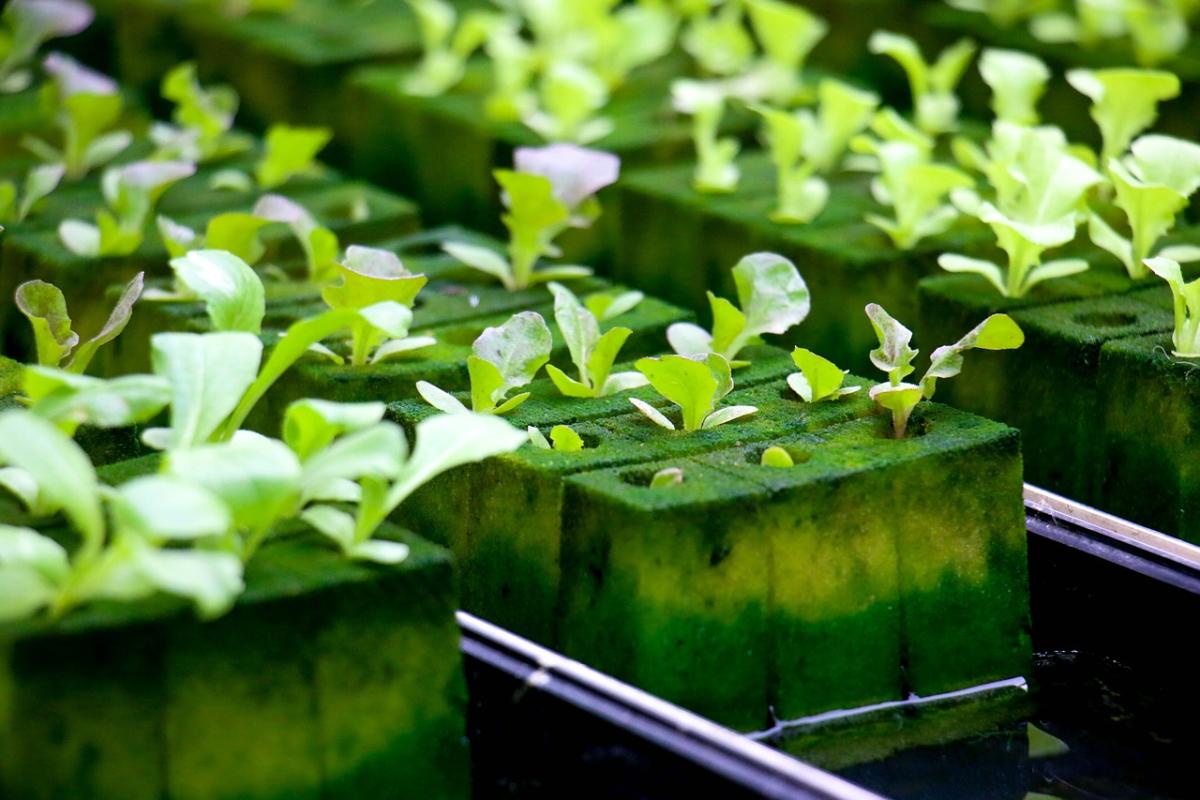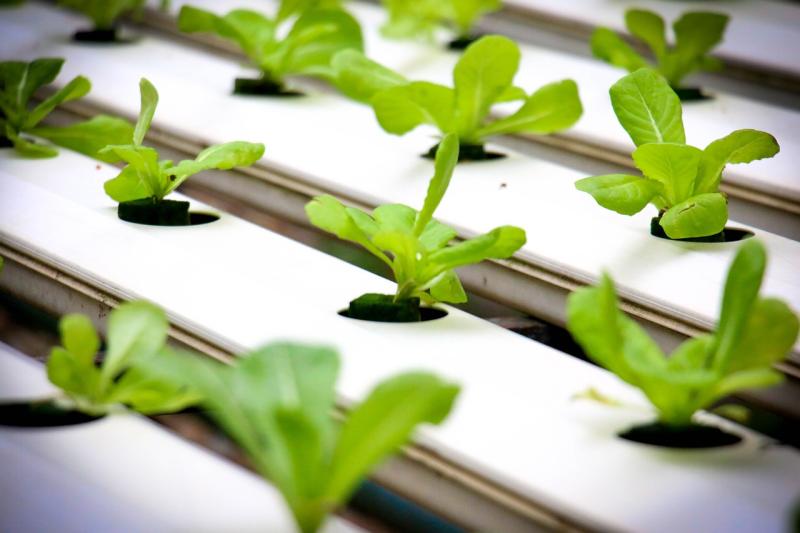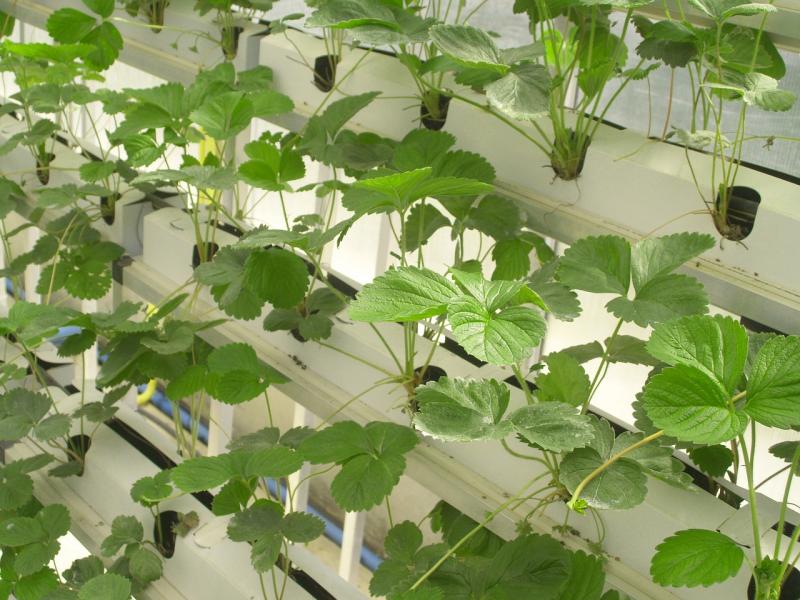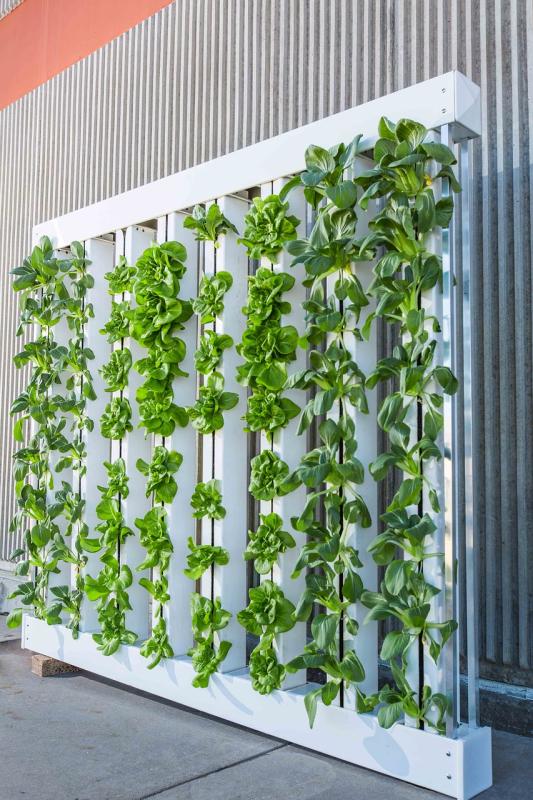Thinking about growing your own food? Hydroponic systems are a fantastic option that comes with a bunch of benefits. One of the biggest perks is that you can grow plants without soil. That’s right! This means you can set up your garden almost anywhere, be it your kitchen, basement, or even outside on your balcony.
Another awesome advantage is the water efficiency. Hydroponics uses significantly less water compared to traditional soil gardening. The water in these systems is recirculated, which means you use what you need and avoid wasting any. If you're conscious about saving water or live in a region where it's scarce, this could be a game changer.
Plus, hydroponic systems often lead to faster plant growth. Since the plants get exactly what they need, they tend to mature quicker and yield more produce in a shorter amount of time. Imagine having fresh herbs and veggies ready to pick more often – it really helps keep your meals delicious and diverse!
These systems can also be more forgiving for beginners. Without the complexities of soil, you don't have to deal with pests or weeds as much, making it easier to focus on your plants. If you’ve tried gardening in the past and found it challenging, hydroponics might be just the thing to reignite your green thumb!
Getting Started with Hydroponics
First off, you’ll want to choose the right hydroponic system. There are several types, including:
Once you’ve picked your system, it’s time to gather your supplies. You’ll need:
Lastly, don't forget the basics! Optimal light, temperature, and pH levels are key to a healthy hydroponic setup. Natural sunlight works wonders, but if you’re growing indoors, consider investing in LED grow lights. Monitor your plants regularly, adjust nutrients as needed, and soon you’ll enjoy fresh greens right from your own home!
Essential Supplies for Your Hydroponic Garden
If you're diving into the world of hydroponic gardening, there are some essential supplies you won’t want to skip. Getting the right tools and materials will help your plants thrive without the mess of traditional soil gardening. Here’s a quick rundown of what you’ll need to set up your eco-friendly garden.
Don't forget about good quality water! Using filtered or distilled water can make a huge difference in plant health. Setting up your hydroponic garden can be straightforward and rewarding with these essential supplies. Happy growing!
Tips for Successful Hydroponic Growing
Growing plants hydroponically can be a game-changer, especially if you’re aiming for an eco-friendly approach. Here are some simple tips to help you get started and ensure your plants thrive.
First off, choose the right plants. Some varieties are better suited for hydroponics than others. Leafy greens like lettuce and spinach, herbs like basil and mint, and even strawberries do fantastic in hydro systems. It’s best to stick with these to boost your chances of success.
Next, pay attention to nutrient solutions. Hydroponic plants rely on nutrient-rich water, so finding a good-quality nutrient mix is key. Make sure to follow the instructions closely, as each plant may require different levels of nutrients. Regularly check the pH levels too; they should ideally be between 5.5 and 6.5 for most plants.
Don’t forget about light! If you’re growing indoors, investing in a good grow light can make a huge difference. Many plants need around 12-16 hours of light per day to grow strong and healthy. Also, keep in mind that plants need some downtime in darkness, just like in nature.
Lastly, keep an eye on your water level and temperature. Hydroponics can be sensitive, so monitoring your system regularly is important. It helps to prevent issues like root rot and algae growth. Ideally, your water temperature should be between 65°F and 75°F for the best results. Happy growing!



